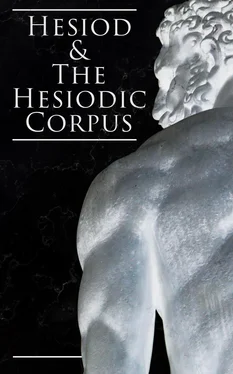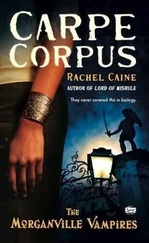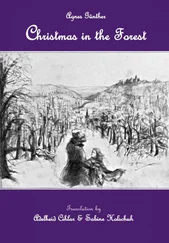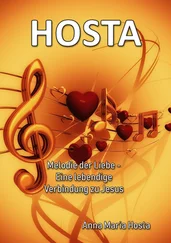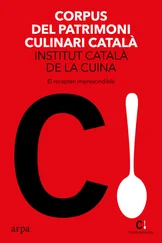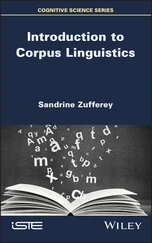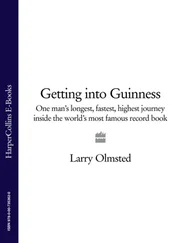Hesiod
Hesiod & The Hesiodic Corpus
Including Theogony & Works and Days
e-artnow, 2021
Contact: info@e-artnow.org
EAN 4064066498948
INTRODUCTION INTRODUCTION Table of Contents
General
The Boeotian School
Life of Hesiod
The Hesiodic Poems
Date of the Hesiodic Poems
The Contest of Homer and Hesiod
HESIOD
HESIOD’S WORKS AND DAYS
THE DIVINATION BY BIRDS
THE ASTRONOMY
THE PRECEPTS OF CHIRON
THE GREAT WORKS
THE IDAEAN DACTYLS
THE THEOGONY
THE CATALOGUES OF WOMEN AND EOIAE
THE SHIELD OF HERACLES
THE MARRIAGE OF CEYX
THE GREAT EOIAE
THE MELAMPODIA
AEGIMIUS
FRAGMENTS OF UNKNOWN POSITION
DOUBTFUL FRAGMENTS
OF THE ORIGIN OF HOMER AND HESIOD, AND OF THEIR CONTEST
Table of Contents
Table of Contents
The early Greek epic—that is, poetry as a natural and popular, and not (as it became later) an artificial and academic literary form—passed through the usual three phases, of development, of maturity, and of decline.
No fragments which can be identified as belonging to the first period survive to give us even a general idea of the history of the earliest epic, and we are therefore thrown back upon the evidence of analogy from other forms of literature and of inference from the two great epics which have come down to us. So reconstructed, the earliest period appears to us as a time of slow development in which the characteristic epic metre, diction, and structure grew up slowly from crude elements and were improved until the verge of maturity was reached.
The second period, which produced the Iliad and the Odyssey , needs no description here: but it is very important to observe the effect of these poems on the course of post-Homeric epic. As the supreme perfection and universality of the Iliad and the Odyssey cast into oblivion whatever pre-Homeric poets had essayed, so these same qualities exercised a paralysing influence over the successors of Homer. If they continued to sing like their great predecessor of romantic themes, they were drawn as by a kind of magnetic attraction into the Homeric style and manner of treatment, and became mere echoes of the Homeric voice: in a word, Homer had so completely exhausted the epic genre , that after him further efforts were doomed to be merely conventional. Only the rare and exceptional genius of Vergil and Milton could use the Homeric medium without loss of individuality: and this quality none of the later epic poets seem to have possessed. Freedom from the domination of the great tradition could only be found by seeking new subjects, and such freedom was really only illusionary, since romantic subjects alone are suitable for epic treatment.
In its third period, therefore, epic poetry shows two divergent tendencies. In Ionia and the islands the epic poets followed the Homeric tradition, singing of romantic subjects in the now stereotyped heroic style, and showing originality only in their choice of legends hitherto neglected or summarily and imperfectly treated. In continental Greece 1101, on the other hand, but especially in Boeotia, a new form of epic sprang up, which for the romance and PATHOS of the Ionian School substituted the practical and matter-of-fact. It dealt in moral and practical maxims, in information on technical subjects which are of service in daily life—agriculture, astronomy, augury, and the calendar—in matters of religion and in tracing the genealogies of men. Its attitude is summed up in the words of the Muses to the writer of the Theogony : ‘We can tell many a feigned tale to look like truth, but we can, when we will, utter the truth’ ( Theogony 26-27). Such a poetry could not be permanently successful, because the subjects of which it treats—if susceptible of poetic treatment at all—were certainly not suited for epic treatment, where unity of action which will sustain interest, and to which each part should contribute, is absolutely necessary. While, therefore, an epic like the Odyssey is an organism and dramatic in structure, a work such as the Theogony is a merely artificial collocation of facts, and, at best, a pageant. It is not surprising, therefore, to find that from the first the Boeotian school is forced to season its matter with romantic episodes, and that later it tends more and more to revert (as in the Shield of Heracles ) to the Homeric tradition.
Table of Contents
How did the continental school of epic poetry arise? There is little definite material for an answer to this question, but the probability is that there were at least three contributory causes. First, it is likely that before the rise of the Ionian epos there existed in Boeotia a purely popular and indigenous poetry of a crude form: it comprised, we may suppose, versified proverbs and precepts relating to life in general, agricultural maxims, weather-lore, and the like. In this sense the Boeotian poetry may be taken to have its germ in maxims similar to our English
“Till May be out, ne’er cast a clout,”
or
“A rainbow in the morning
Is the Shepherd’s warning.”
Secondly and thirdly we may ascribe the rise of the new epic to the nature of the Boeotian people and, as already remarked, to a spirit of revolt against the old epic. The Boeotians, people of the class of which Hesiod represents himself to be the type, were essentially unromantic; their daily needs marked the general limit of their ideals, and, as a class, they cared little for works of fancy, for pathos, or for fine thought as such. To a people of this nature the Homeric epos would be inacceptable, and the post-Homeric epic, with its conventional atmosphere, its trite and hackneyed diction, and its insincere sentiment, would be anathema. We can imagine, therefore, that among such folk a settler, of Aeolic origin like Hesiod, who clearly was well acquainted with the Ionian epos, would naturally see that the only outlet for his gifts lay in applying epic poetry to new themes acceptable to his hearers.
Though the poems of the Boeotian school 1102were unanimously assigned to Hesiod down to the age of Alexandrian criticism, they were clearly neither the work of one man nor even of one period: some, doubtless, were fraudulently fathered on him in order to gain currency; but it is probable that most came to be regarded as his partly because of their general character, and partly because the names of their real authors were lost. One fact in this attribution is remarkable—the veneration paid to Hesiod.
Table of Contents
Our information respecting Hesiod is derived in the main from notices and allusions in the works attributed to him, and to these must be added traditions concerning his death and burial gathered from later writers.
Hesiod’s father (whose name, by a perversion of Works and Days , 299 PERSE DION GENOS to PERSE, DION GENOS, was thought to have been Dius) was a native of Cyme in Aeolis, where he was a seafaring trader and, perhaps, also a farmer. He was forced by poverty to leave his native place, and returned to continental Greece, where he settled at Ascra near Thespiae in Boeotia ( Works and Days , 636 ff.). Either in Cyme or Ascra, two sons, Hesiod and Perses, were born to the settler, and these, after his death, divided the farm between them. Perses, however, who is represented as an idler and spendthrift, obtained and kept the larger share by bribing the corrupt “lords” who ruled from Thespiae ( Works and Days , 37-39). While his brother wasted his patrimony and ultimately came to want ( Works and Days , 34 ff.), Hesiod lived a farmer’s life until, according to the very early tradition preserved by the author of the Theogony (22-23), the Muses met him as he was tending sheep on Mt. Helicon and “taught him a glorious song”—doubtless the Works and Days . The only other personal reference is to his victory in a poetical contest at the funeral games of Amphidamas at Chalcis in Euboea, where he won the prize, a tripod, which he dedicated to the Muses of Helicon ( Works and Days , 651-9).
Читать дальше
